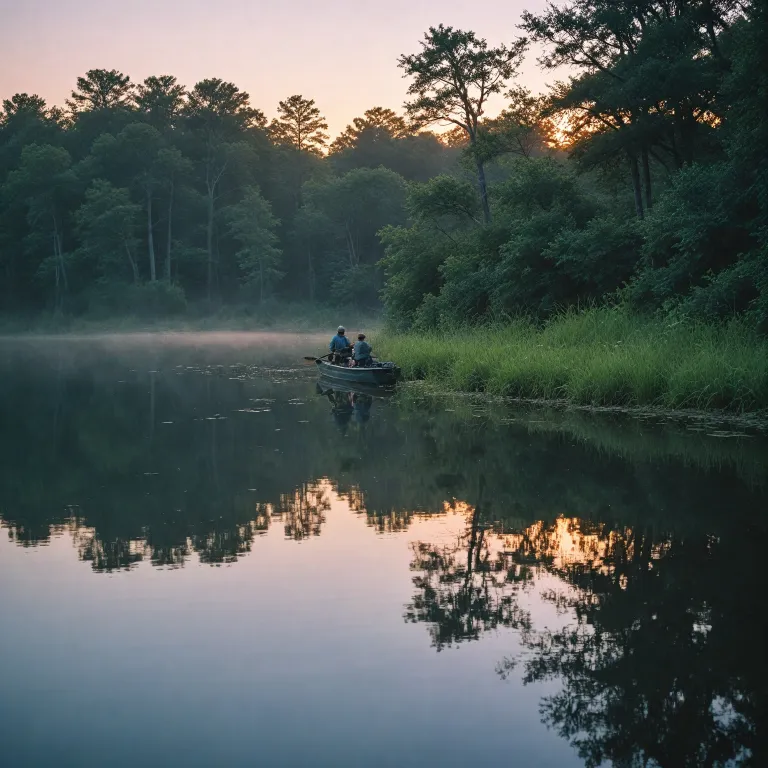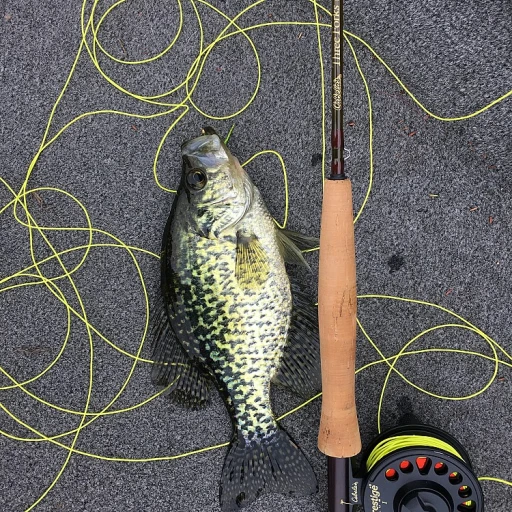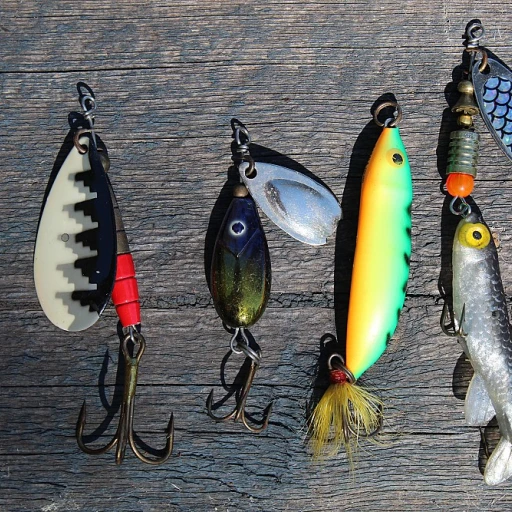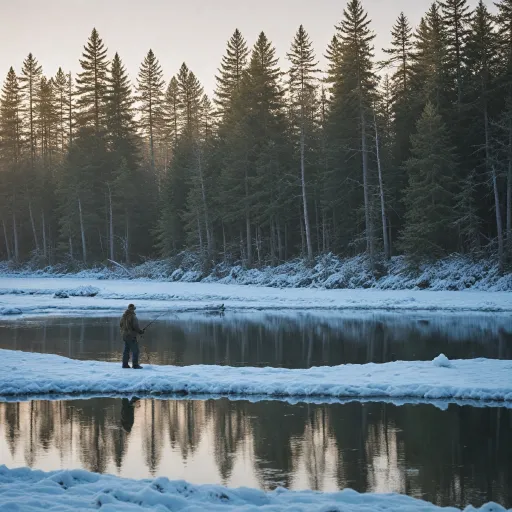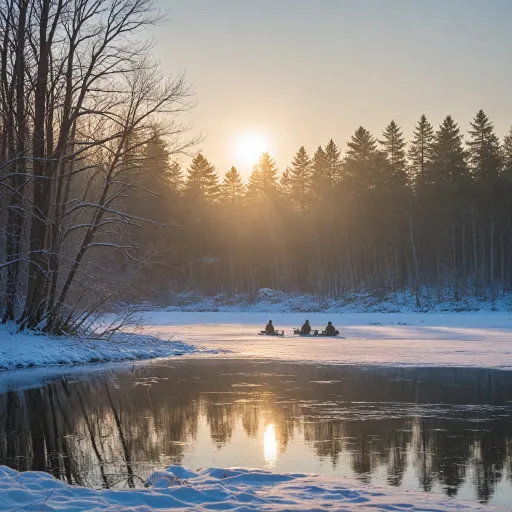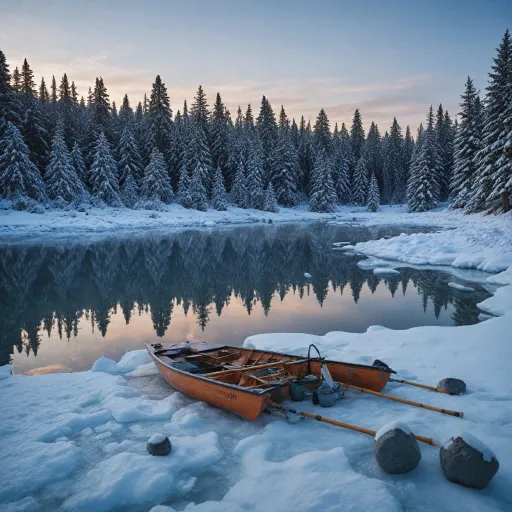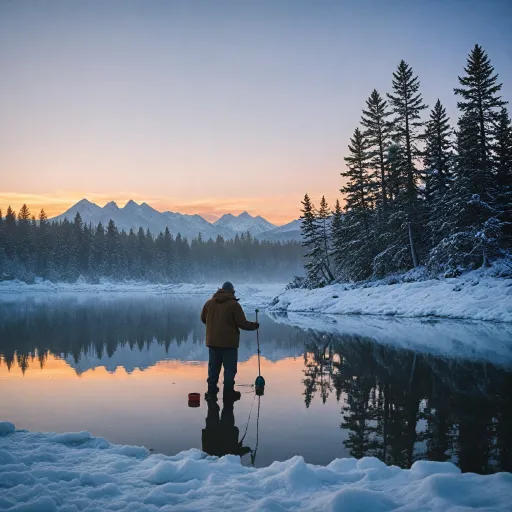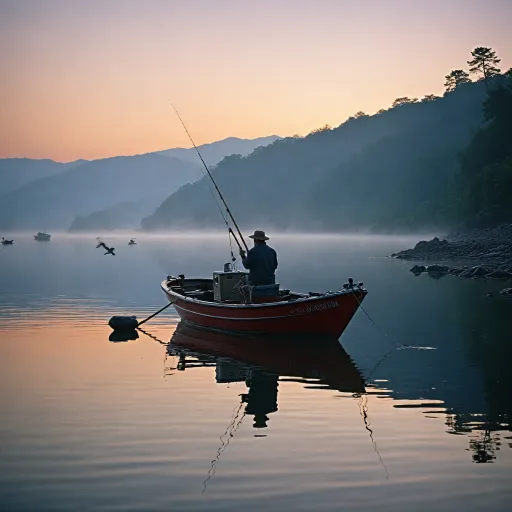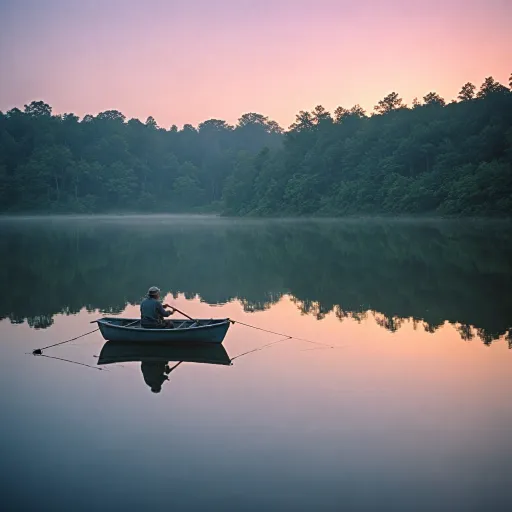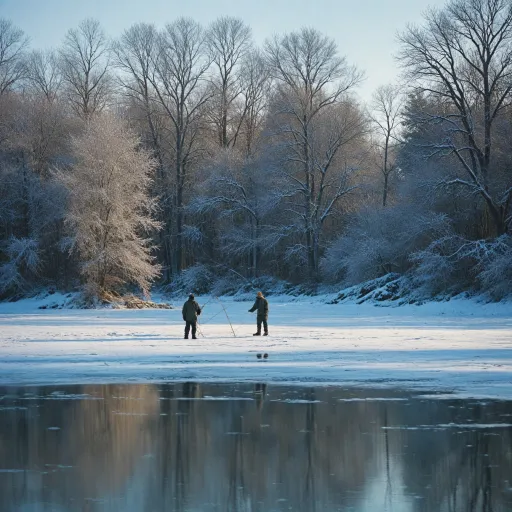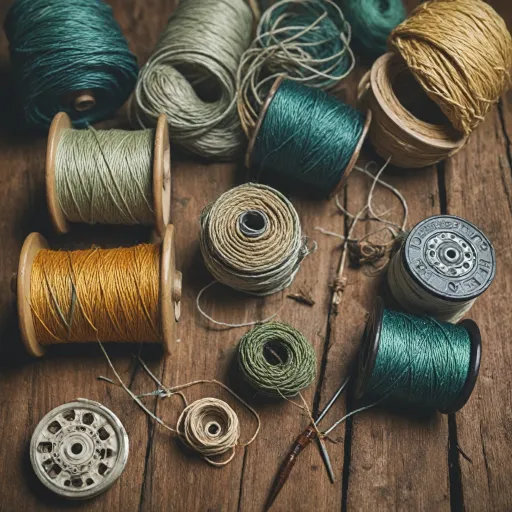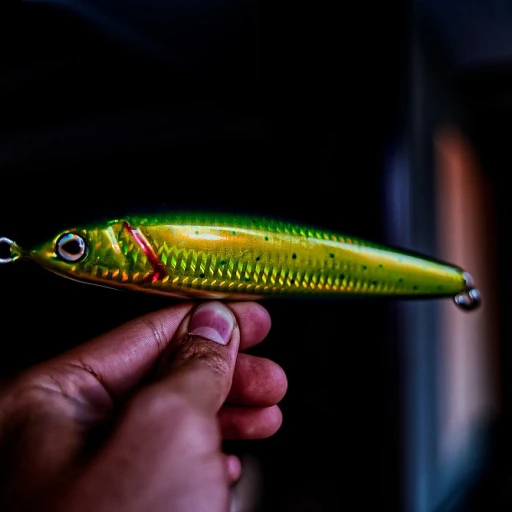
Understanding Bass Behavior
Recognizing the Habits of the Fish
To truly excel in bass fishing, having an understanding of bass behavior is crucial. Bass, like many other fish, are greatly influenced by their environment. They are opportunistic feeders, and their habits can differ significantly depending on the water conditions and available cover. Understanding these patterns will help you predict when and where to find them.
Typically, bass will seek out shady spots or places with abundant cover, such as under docks, near fallen trees, or amidst aquatic vegetation. Observant anglers know that bass are ambush predators; they tend to hide and wait for baits like plastic worms and frogs to pass by. These habits often drive seasoned anglers to target these specific areas when fishing for bass.
Learning to anticipate the bass’ movements through different water bodies – whether it’s a small pond or expansive lake – can significantly enhance your catching success. Clear water conditions may allow the bass to see their prey from a distance, prompting them to position themselves strategically in deeper water where light penetration is minimal. On sunny days, bass often seek shelter beneath structures, making them difficult but not impossible to catch with the right techniques.
An essential fishing tip for bass anglers is to experiment with different baits and retrieval speeds, as bass behavior can be inconsistent. A drop shot or texas rig featuring a plastic worm could be exactly what you need to tempt big bass from their hiding spots. For anglers seeking to delve deeper into fishing techniques and aspects like mastering the art of tarpon flies for enthusiastic anglers, understanding species behavior is not just beneficial but necessary.
Choosing the Right Equipment
Optimal Gear for Bass Enthusiasts
To maximize success in your bass fishing endeavors, selecting the right equipment is crucial. From rods and reels to baits and boats, every element contributes to the experience. Here's a breakdown to help you make informed choices.- Rods and Reels: The backbone of your fishing setup is the rod and reel. An ideal combination for bass fishing includes a medium-heavy rod with a fast-action tip. This setup is sensitive enough to feel the slightest nibbles yet strong enough to handle a big bass. As for reels, a baitcaster offers better control and accuracy, crucial when casting around docks and other obstacles.
- Line Selection: Depending on the fishing conditions, the line choice can vary. For clear water, a fluorocarbon line is less visible to fish, while braided lines are better suited for dense cover due to their strength and abrasion resistance.
- Baits and Lures: The choice of baits can make or break a fishing day. Plastic worms, especially the Texas rig and drop shot variations, are versatile for various conditions. On hot summer days when bass will be hiding under mats, a frog can help you catch bass by skipping across surface vegetation.
- Boats and Mobility: Whether you're on a pond or a large body of water, a reliable bass boat allows you to explore various spots efficiently. Bass boats provide the speed and agility needed to find prime locations, saving you precious time while ensuring a good fishing experience.
Seasonal Strategies for Bass Fishing
Making the Most of Seasonal Changes
Understanding seasonal patterns is crucial to improve your odds of catching bass. Each season offers unique opportunities and challenges, so tailoring your approach can lead to success. Spring- During the springtime, bass typically move towards shallow waters to spawn. Look for them around docks, vegetation, and in clear water; shallow areas with warmth from the sun. Here, using a Texas rigged plastic worm can be effective since bass are more aggressive and protective of their territory during this period.
- In summer, search for deeper water or shaded areas such as under bridges or overhound cover because bass retreat to cooler environments to stay comfortable. Utilizing a drop shot rig can produce good fishing results by reaching those depths where bass hide during hot days.
- Come fall, bass start to feed heavily in preparation for winter, often near the surface or in shallower water. This time, topwater baits like frogs can mimic natural prey and bring in fish actively searching for food.
- Winter requires patience and persistence since bass become less active. This season involves targeting areas like ledges or deeper pockets of a pond or body of water. Working a jerk bait slowly may entice a sluggish bass into biting.
Location, Location, Location
Finding the Perfect Spot for Big Bass
In the pursuit of catching bass, understanding where to fish is pivotal. Anglers often echo the mantra: location, location, location. Whether you are casting your line in a large body of water or a small pond, locating the best spots can make all the difference when it comes to fishing success. When targeting areas with potential bass cover, consider the following:- Docks and Structures: Bass often seek shelter and ambush prey around docks. Casting near these structures can yield impressive catches. Baits like the texas rig or plastic worm are effective in such environments.
- Deeper Waters: During hotter days, bass may retreat to deeper water to find cooler temperatures. Utilizing a drop shot rig can be beneficial when aiming to reach those elusive depths.
- Shallow Areas in Spring and Fall: In these seasons, bass fishing can be particularly rewarding in shallow waters. As the water warms up, bass move into the shallows to spawn, and later in fall, they return to feed heavily.
- Fishing Near Vegetation: Look for areas with aquatic plants. Large bass will often hide in the weeds to ambush smaller prey. Techniques like working a frog across the surface can attract adventurous bass.
Advanced Techniques for Experienced Anglers
Mastering the Art of Lure Presentation
For seasoned anglers looking to elevate their bass fishing game, mastering lure presentation is crucial. The way you present your bait can make all the difference in enticing a bass to strike. Consider using a drop shot or Texas rig with plastic worms to mimic the natural movement of prey. This technique is particularly effective in clear water where bass can be more discerning.
Utilizing Topwater Baits
Topwater baits, such as frogs, are excellent for targeting bass lurking near the surface, especially around docks and ponds. These baits create a commotion that can trigger aggressive strikes from big bass. Timing is key; early mornings or late evenings are the best days for topwater action.
Exploring Deeper Waters
When bass retreat to deeper water, perhaps due to changing seasons or increased fishing pressure, using a boat to access these areas can be advantageous. Equip your bass boats with electronics to locate fish and structure. Once you find a promising spot, try using plastic worms or jigs to entice bites from these deeper-dwelling fish.
Adapting to Different Bodies of Water
Every body of water presents unique challenges and opportunities. Whether you're fishing a small pond or a large reservoir, adapting your techniques to the specific environment will help you catch more bass. Pay attention to the local conditions and adjust your approach accordingly.
Refining Your Techniques
As you gain experience, refining your techniques will help you avoid common mistakes and improve your catch rate. Pay attention to the subtle cues from the water and the fish. This awareness will help you make the necessary adjustments to your strategy, ensuring a more successful outing.
Common Mistakes and How to Avoid Them
Frequent Pitfalls in Bass Fishing
When pursuing bass, even seasoned anglers can occasionally falter. Understanding these common mistakes not only sharpens your skills but also ensures that more of your fishing ventures result in success.- Ignoring Water Conditions: Don't overlook the clarity of the water. In clear water, bass are warier, so using subtler baits and presentations will help you catch fish more effectively. On the flip side, in murkier waters, employing more vibrant baits can attract bass that rely on senses other than sight.
- Overlooking Seasonal Patterns: Bass behavior shifts with the seasons. Adjusting your techniques and baits according to the time of year is crucial. For example, during warmer days, fish are likely to be in deeper water to keep cool, necessitating precise drop shot or Texas rig method adaptations to reach them.
- Lack of Patience with Equipment: Switching baits or rigs too quickly can mean missing out on effective fishing techniques. Patience can be your best ally. For instance, giving enough time to plastic worms or a frog lure can determine whether you'll catch bass successfully.
- Disregarding Structure and Cover: Bass are often found near structures like docks or in bass cover areas like submerged trees. Ignoring these spots might result in overlooking big bass. Exploring these areas thoroughly will often yield good fishing results.
- Underestimating Boat Positioning: Whether you're fishing from bass boats or smaller crafts, positioning is crucial to properly present your bait. A poorly positioned boat can make it much harder to find fish, especially in a body of water with fewer visible landmarks.

